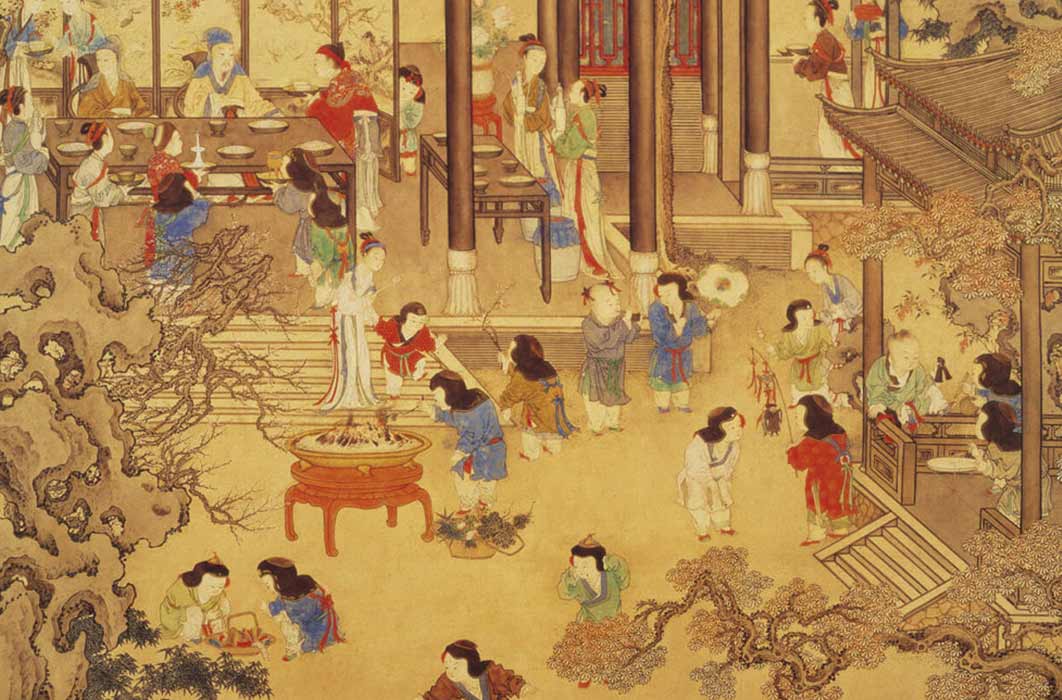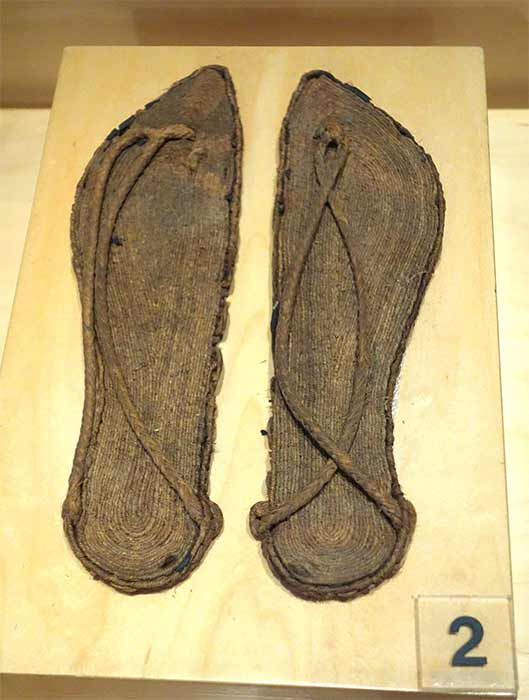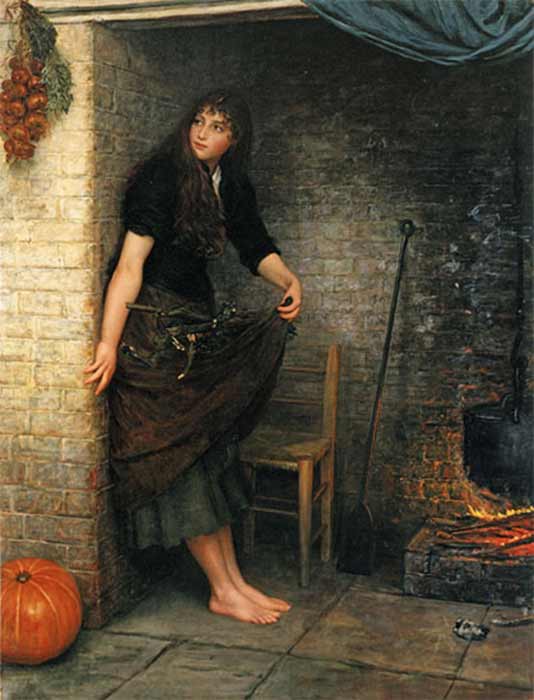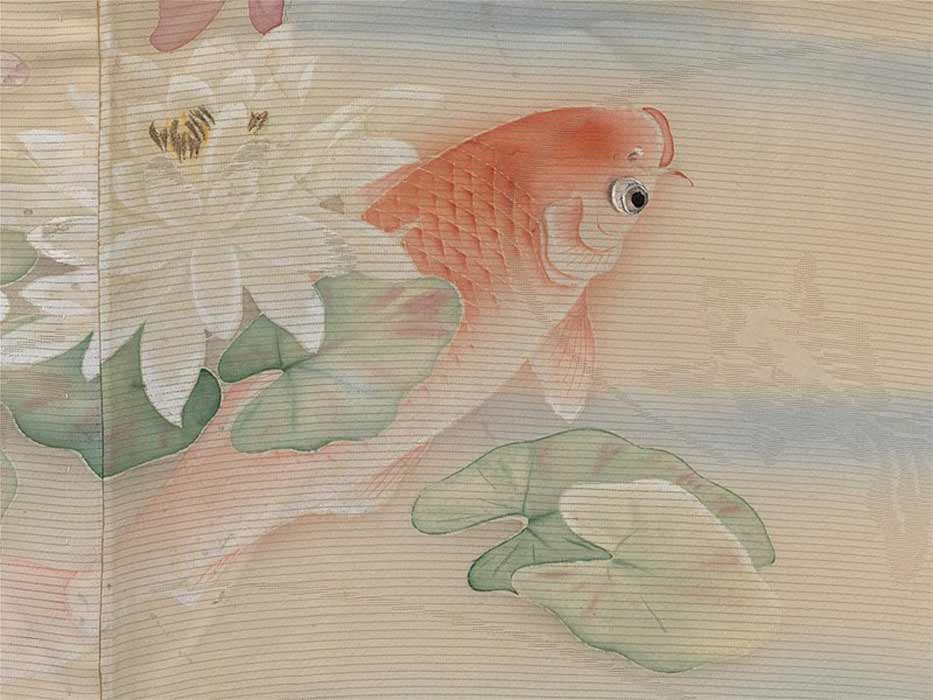
Ye Xian, Chinese Cinderella At The Chinese New Year Spring Festival
February 12, is the celebration of the Chinese New Year Spring Festival. In ninth-century Chinese folklore, this is the festival where Ye Xian, the Chinese Cinderella, lost her slipper, and the rest is history. The Cinderella story is a tale of serendipity and love - both of which are universal themes. These themes are perhaps the reason why the story seems to transcend time itself and became one of the world’s go-to princess tales, recognized all over the world albeit under different names. While there are many variants of the story, they commonly feature a young woman in unjust and oppressive circumstances whose fortune is remarkably and unexpectedly changed with the assistance of divine elements such as magical animals and fairy godmothers (or godfathers). More than 500 versions of the same story have been found in Europe alone. The two most famous are the French version of Cinderella, by Charles Perrault (1628 – 1703), and the 19th-century German version by the Brothers Grimm. In Asia, a survey of Chinese folk literature in 1990 revealed that there were over 70 versions of the Cinderella story in China circulating among 21 different ethnic groups.

The oldest known oral version of the Cinderella story is the ancient Greek story of Rhodopis, a Greek courtesan who married an Egyptian king. Pair of ancient sandals from Egypt (CCO)
Cinderella In Asia
Perhaps one of the most recognizable Cinderella tales in Asia is the tale of Ye Xian. It was first published in the Tang Dynasty (618 - 907 AD) by the poet Duan Chengshi. In 853 AD, the story of Ye Xian appeared in Yǒuyáng Zázǔ (Miscellaneous Morsels from Youyang), which focuses on various legends, reports on natural phenomena, short anecdotes, fairy tales, as well as notes on medicinal herbs and tattoos. There are also many other Cinderella stories from many other parts of Asia. Among them are the Malay-Indonesian tale of Bawang Merah dan Bawang Putih (Shallot and Onion), and the Vietnamese story Tam Cam (Rice Germ and Rice Brand). The theme of divine assistance also receives various treatments in Asia. In the Korean version of Cinderella, Kongjwi and Patjwi from the Joseon Dynasty (1392–1897), Kongjwi is helped by an ox, a turtle, hundreds of sparrows and a fairy. In the Indian version of Cinderella, Cinduri receives help from a godfather snake to do her household chores. He gives her, not glass slippers, but diamond anklets.

Cinderella by Valentine Cameron Prinsep (1880 )(Public Domain)
Chinese Ye Xian And The Magic Fish
In China, long before Charles Perrault wrote his version of Cinderella, there was Ye Xian. The story of Ye Xian was written during the Tang dynasty the poet and writer Duan Chengshi and it is set sometime between the Qin and Han Dynasties of China (221-206 BC and 206 -220 AD respectively). Her father, Chief Wu, had two wives. Each wife gave Wu a baby daughter. However, one of the wives, Ye Xian’s mother, fell ill and passed away. Soon after, Chief Wu also died leaving Ye Xian in the care of his other wife, Ye Xian’s stepmother. This stepmother despised Ye Xian for her goodness, porcelain skin, and bright eyes, all which both she and her own daughter lacked. In her jealousy, she treated Ye Xian poorly by giving her backbreaking, demoralizing chores to do around the house.

浅葱絽地鯉睡蓮朝顔模様単衣 Gold Fish. Metropolitan Museum of Art (CC0)
Ye Xian is left with only one friend, a golden fish with big, bright eyes. However, when her stepmother discovered the friendship between Ye Xian and the fish, she caught the fish and served it for dinner out of spite. As Ye Xian sat crying for her only friend, and old man appeared before her. He told her to save the fish’s bones and ask them for help when she was in trouble. As time went by, Ye Xian took comfort in speaking to the bones of her fish as if it were still alive.




